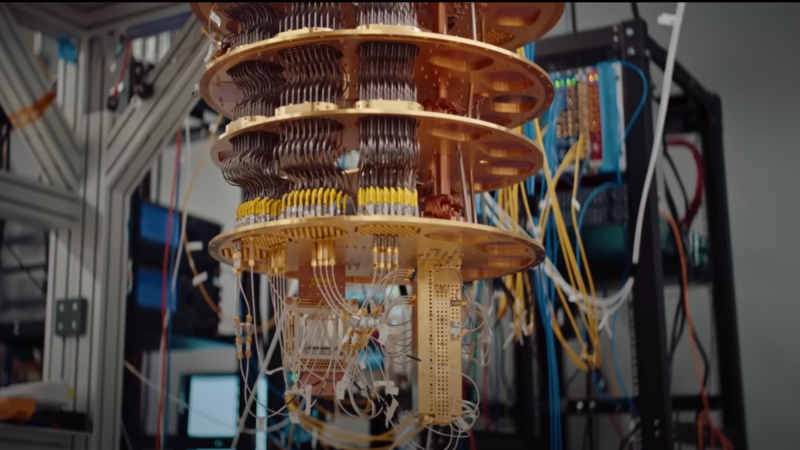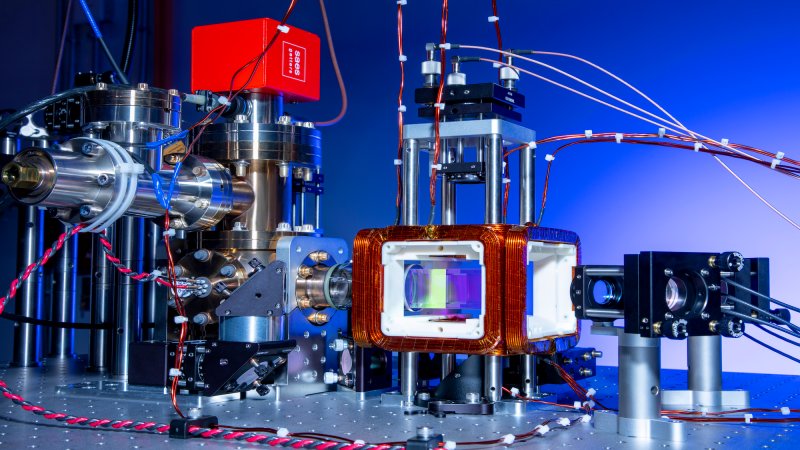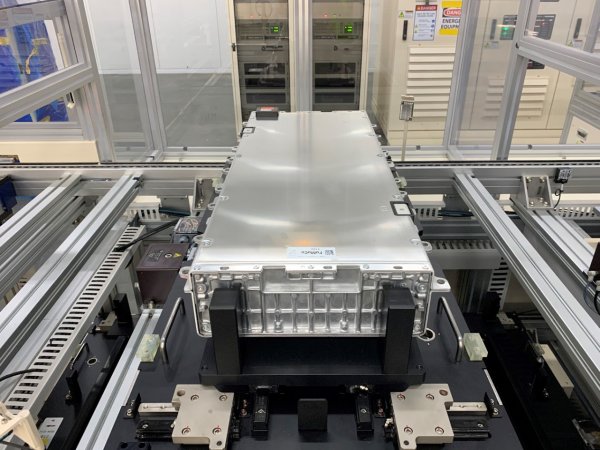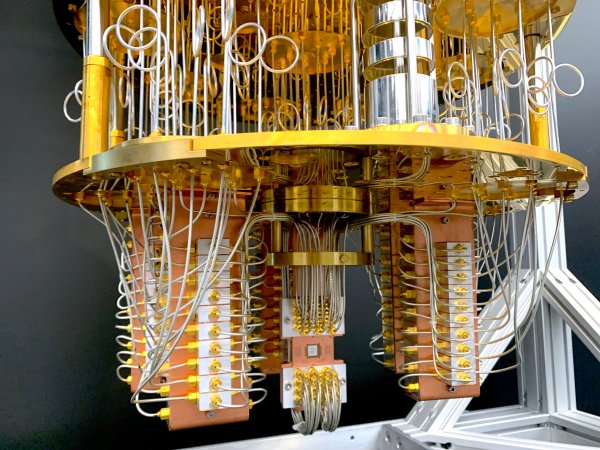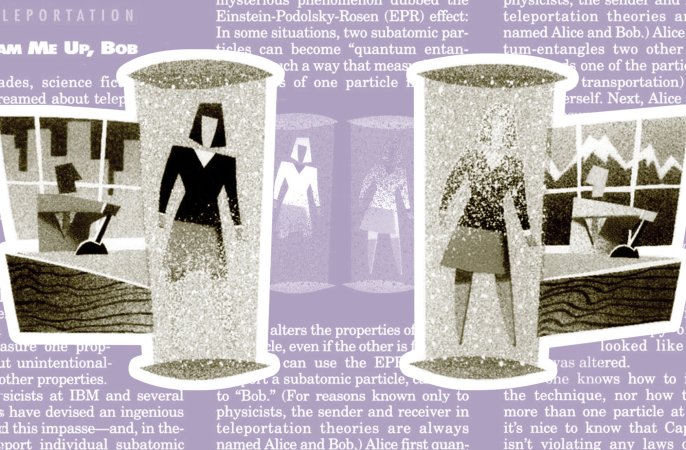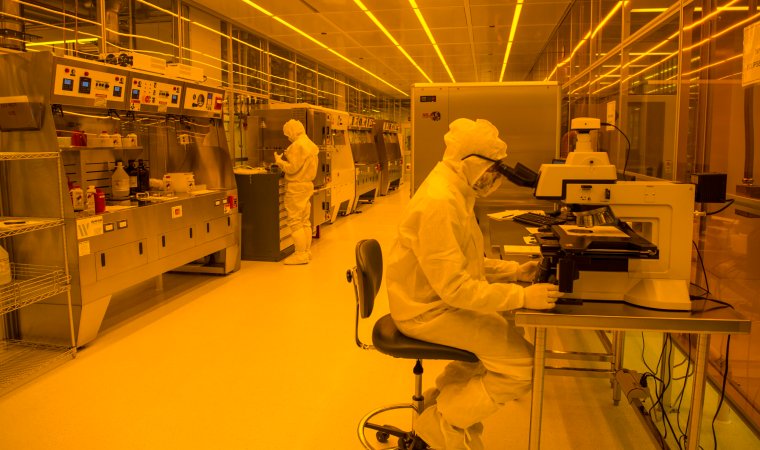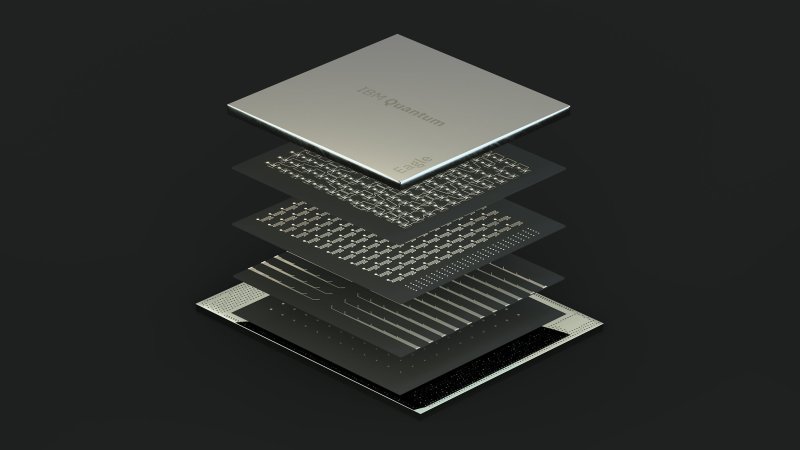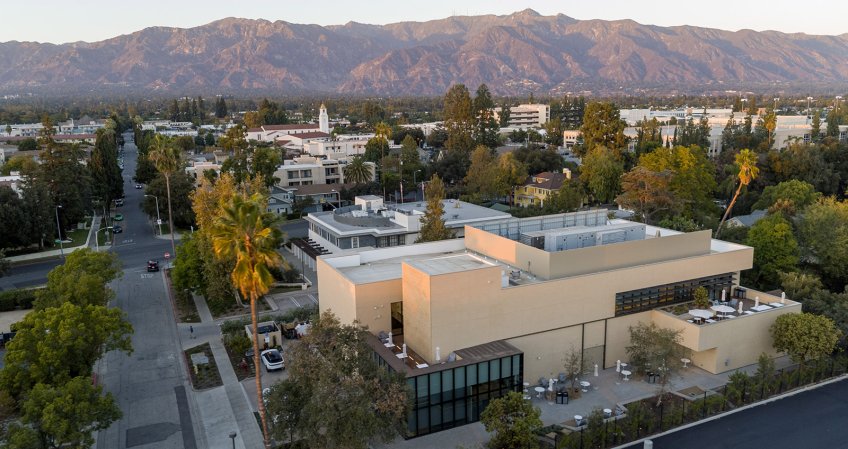

Earlier this week, Microsoft said that it had achieved a big milestone towards building their version of a quantum supercomputer—a massive machine that can tackle certain problems better than classical computers owing to the quirks of quantum mechanics.
These quirks would allow the computer to represent information as zero, one, or a combination of both. The unit of computing, in this case, would no longer be a classical zero or one bit. It would be a qubit—the quantum equivalent of the classical bit.
There are many ways to build a quantum computer. Google and IBM are using an approach with superconducting qubits, and some smaller companies are looking into neutral atom quantum computers. Microsoft’s strategy is different. It wants to work with a new kind of qubit called topological qubits, which involves some innovative and experimental physics. To make them, you need semiconductor and superconductor materials, electrostatic gates, special particles, nanowires, and a magnetic field.
[Related: Quantum computers are starting to become more useful]
The milestone that Microsoft claimed to have passed has to do with the fact that they proved in a peer-reviewed paper in the journal Physical Review B that their topological qubits can act as small, fast, and reliable units for computing. (A full video explaining how the physics behind topological qubits work is available in a company blog post.)
Microsoft’s next steps will involve integrating these units with controllable hardware and a less error-prone system. The qubits currently being researched tend to be fragile and finicky, prompting scientists to come up with methods to correct or work with the errors that might arise due to interference from the environment that make the qubits fall out of their quantum states.
Alongside ensuring that the system can come together cohesively, Microsoft researchers will also improve the qubits themselves so they can achieve properties like entanglement through a process called “braiding.” This characteristic will allow the device to take on more complex operations.
Then, the company will work to scale up the number of qubits that are linked together. Microsoft told TechCrunch that it aims to have a full quantum supercomputer made of these topological qubits within 10 years.
